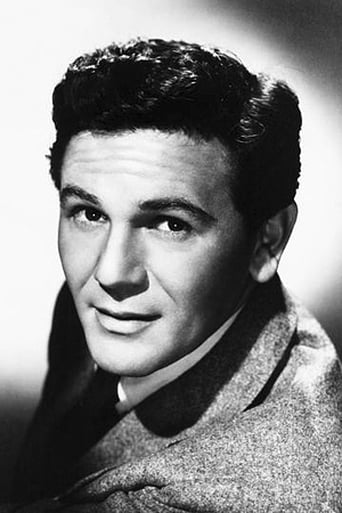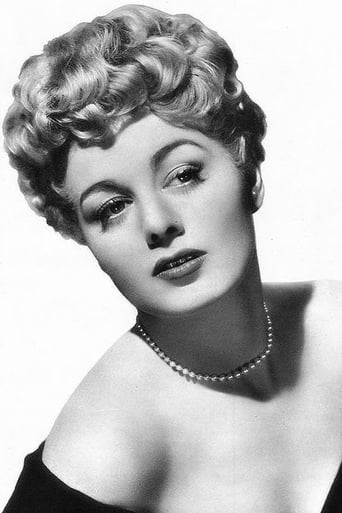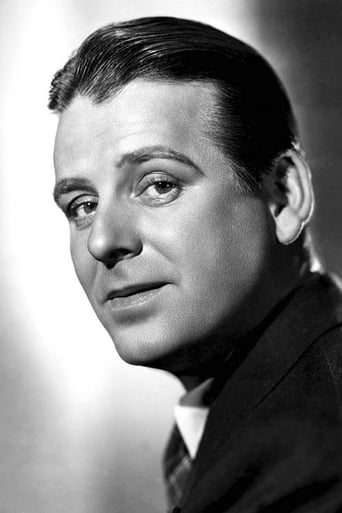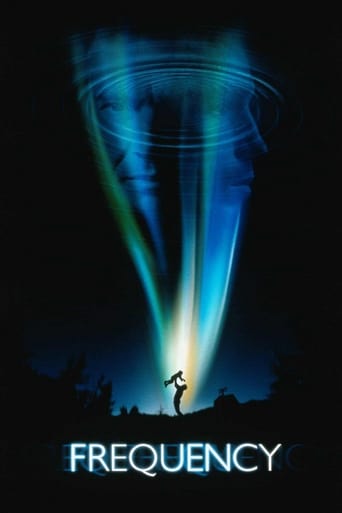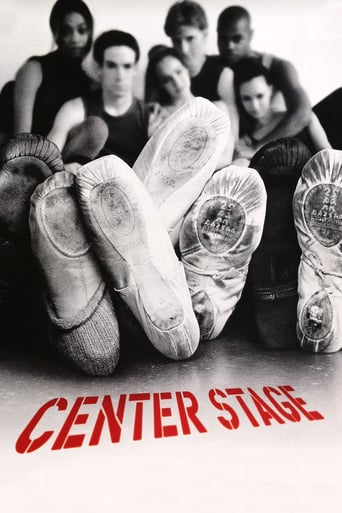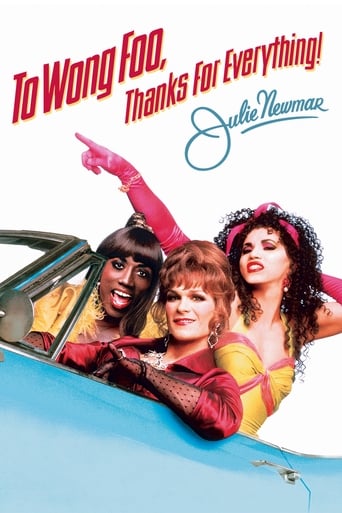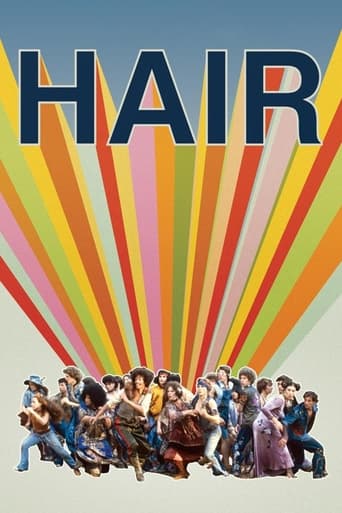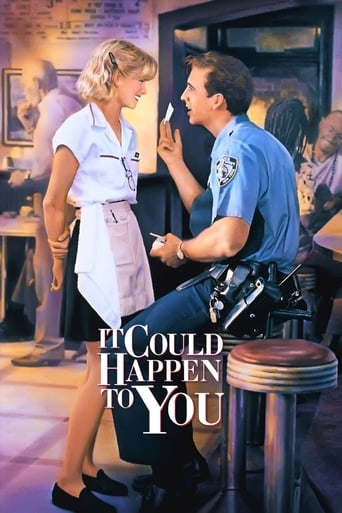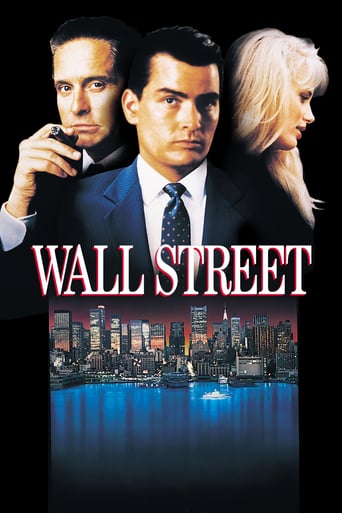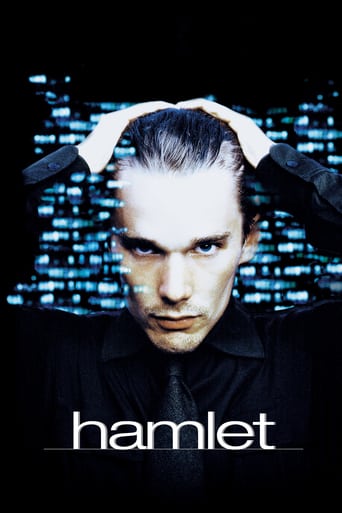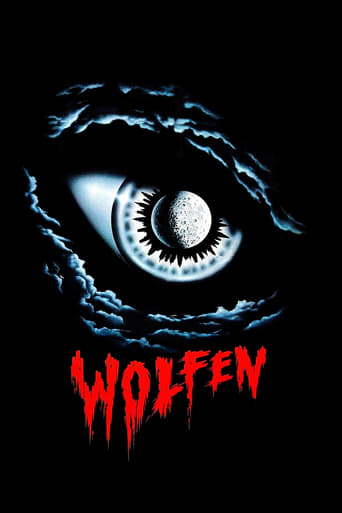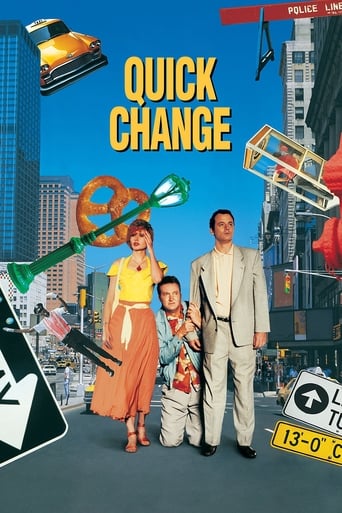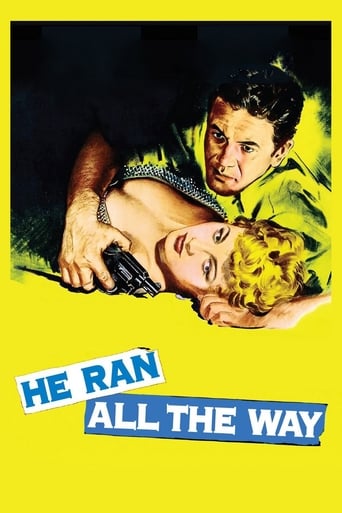
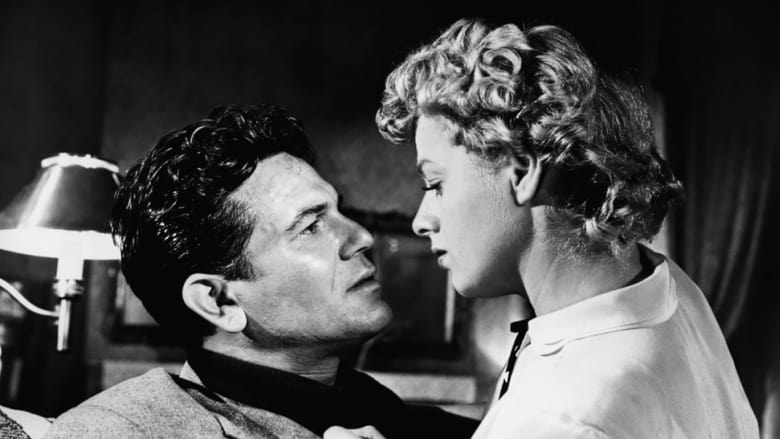
He Ran All the Way (1951)
A crook on the run hides out in an innocent girl's apartment.
Watch Trailer
Cast


Similar titles
Reviews
"He Ran All the Way" turned out to be John Garfield's final film before his death from a heart attack in 1952. In the film, Garfield turns in one of his greatest performances.He plays small time hood Nick Robey, a loser looking for that big score. Together with his partner Al Molin (Norman Lloyd), they plan to rob a $10,000 payroll (a considerable sum in 1951). A cop happens on the scene of the robbery and wounds Molin during the escape. Robey in turn, wounds the cop during his getaway.Trying to blend in with the crowd, Robey bumps in to Peggy Dobbs (Shelley Winters) at a public swimming pool. To cover his escape, Robey plays up to the innocent Peggy, taking her home and then inviting himself into her home.Meeting her parents (Wallace Ford, Selena Royale) and little brother (Bobby Hyatt), Robey sees an opportunity to hide out in their home until the robbery blows over. However the wounded Molin identifies his partner when the wounded cop dies. Desperate, Robey turns the situation into a hostage situation and..........................................Garfield was never better. His nervous, untrusting and paranoid Robey is compelling. Shelley Winters, who never got the recognition she deserved, plays the spinterish Peggy who falls in love with Nick, to perfection. Veteran Wallace Ford is excellent as Peggy's father. Selena Royale also stands out as the nervous mother. And Gladys George has a nice bit as Nick's boozy uncaring mother.It is believed by some that the pressure Garfield was facing at the time, being under investigation by the House Un-American Activities Committee (HUAC) contributed to his pre-mature death at age 39. He adamantly denied being involved with the Communist party right to the end.Norman Lloyd, who was still alive at age 102 at this writing, was a long time associate of Alfred Hitchcock. Shelley Winters and Wallace Ford would appear together again in "A Patch of Blue" (1965).One can only wonder what future gems we would have seen from John Garfield, had he lived.
Small-time hood (John Garfield), on the run after shooting a cop during a robbery, meets an unsuspecting girl (Shelley Winters) who invites him back to her apartment. There he takes her and her family hostage while he figures out his next move.John Garfield's last film features another fine performance from him. This probably wasn't a very challenging role for Garfield. It's similar to the types of roles he played early in his career. Perhaps a little edgier and lacking charm or humor. This character's a paranoid wreck. The rest of the cast is good, with Wallace Ford a standout as Winters' father. It's a decent thriller with a fairly routine plot, elevated by the James Wong Howe photography and an exciting score by Franz Waxman.
"He Ran All The Way" was John Garfield's last movie before his untimely death from a heart attack at the age of 39. This talented actor featured in a number of film noirs, most notably "The Postman Always Rings Twice" (1946) and "Body And Soul" (1947) and regularly impressed with the levels of intensity and authenticity that he brought to his roles.Interestingly, this movie is now widely regarded as being the first of the "home invasion" dramas which would later include such notable offerings as "The Desperate Hours" (1955) and "Unlawful Entry" (1992). In these movies the victims are terrorised in their own homes by very dangerous men whereas in other examples such as "The Hand That Rocks The Cradle" (1992) and "The Page Turner" (2006), the threat posed to the victims is initially far more subtle and comes from very calculating women."He Ran All The Way" is the story of Nick Robey (John Garfield), a jobless man from a dysfunctional family background who has a nightmare about being constantly on the run and shooting someone. His nightmare soon becomes a reality after his friend Al Molin (Norman Lloyd) persuades him to take part in a payroll robbery which goes wrong. As the two men are making their escape, Al is shot and Nick has to shoot a cop in order to make a clean getaway.Nick tries to look inconspicuous by mingling with the crowds on the street and then goes into a public swimming pool where he accidentally bumps into Peg Dobbs (Shelley Winters), a young woman who's learning to swim. Following their awkward introduction to each other, Nick takes Peg home and she introduces him to her father, mother and younger brother who are going out to see a movie. When the family return home, Nick becomes very anxious and convinces himself that they must know who he is. He brandishes a gun and tells them that he's a fugitive who's wanted for shooting a policeman.From this point on, Nick keeps at least one member of the family with him at all times so that the others can carry on their regular working routines to avoid raising any suspicions. This tense situation continues until action that Peg's father takes enables her to turn the tables on Nick.John Garfield gives a powerful performance as the paranoid killer who doesn't trust anyone and is prone to panicking. His inability to relate to other people is profound and the combination of this quality and Peg's awkwardness and naivety makes their attempts to relate to each other painfully difficult. Shelley Winters' open-faced expressions and confused looks work well to make her character's gullibility seem utterly convincing and Wallace Ford provides the standout supporting performance as Peg's father.Visually, this claustrophobic drama's atmosphere is emphasised very effectively by cinematographer James Wong Howe's use of high camera angles and heavily shadowed areas and the movie's poignant conclusion looks stunning and provides further evidence of his considerable skill.A look at the names of the people involved in the making of this film highlights the impact which the work of the "House Un-American Activities Committee" had on the industry in the early 1950s. John Garfield was one of the most famous actors to be blacklisted as a result of refusing to "name names", director John Berry went to live in Paris for many years to avoid having to appear before the Committee and screenwriter Dalton Trumbo served a prison sentence for refusing to testify. Furthermore, the finger of suspicion was also pointed at another screenwriter, Hugo Butler and cinematographer James Wong Howe.
This is John Garfield's last film, made by the star's own company, which means he bowed out with a dignified vehicle which finds him in his most congenial element. Unfortunately, he would die of a heart attack on the eve of his HUAC hearing the next year at the young age of 39; ironically, the premise of a hounded petty criminal (hiding out in an apartment block) actually seems to be a tragically prescient parable for his current personal plight! Anyway, here the star is ably supported by the likes of Shelley Winters, Wallace Ford and Norman Lloyd.Though essentially routine (not to mention overly familiar), the film is undeniably well-made, reasonably slick for an independent production – though, of course, not quite in the same league as the star's earlier BODY AND SOUL (1947) and FORCE OF EVIL (1949) – and, at a mere 77 minutes, thankfully it does not overstay its welcome. Suspense is nicely sustained throughout (from the opening payroll robbery which snowballs into murder, to a scene where an argument escalates into hysteria and results in a hand injury to the heroine's mother, and the effective – if contrived – downbeat ending). A memorably hard-boiled moment constitutes perhaps the most hilarious order ever given at gunpoint – Garfield to Ford: "Carve the turkey!" Among the notable credits are scriptwriters Hugo Butler and Dalton Trumbo (both boasting associations to my favorite auteur Luis Bunuel!), cinematographer James Wong Howe (making the most of the enclosed setting), production designer Harry Horner (ditto), editor Francis D. Lyon and dialogue director Arnold Laven – interestingly, the last 3 all eventually graduated to the director's chair (while both Trumbo and Howe would try their hand at it just once). Also worth mentioning is the fact that, apart from Garfield, director Berry and the afore-mentioned scriptwriters (with Guy Endore 'fronting' for Trumbo) were similarly targeted by the so-called "Red Scare".


